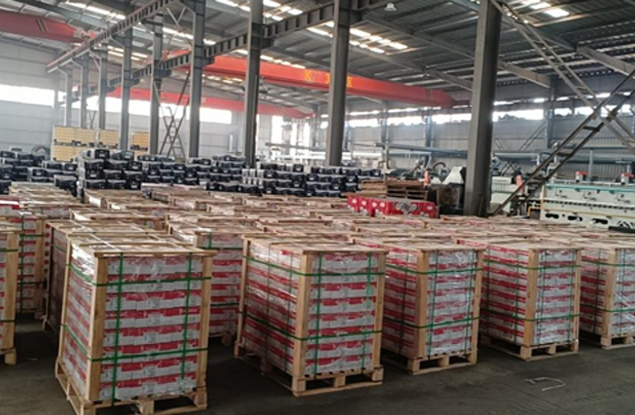Tips for Removing a Broken Screw Stuck in Drywall Without Damaging the Surface
The Dilemma of a Screw Broken Off in Drywall Solutions and Precautions
Every DIY enthusiast and homeowner has likely faced the perplexing problem of a screw breaking off in drywall. It’s a common mishap that can happen for various reasons, whether from over-tightening, using the wrong type of screw, or simply from the natural wear and tear over time. This article will explore the causes of this issue, the best practices for preventing it, and effective methods for removing broken screws from drywall.
Understanding the Issue
Drywall, though versatile and widely used for interior walls and ceilings, is not the strongest material. It is designed for easy installation and finishing, but its structure can pose risks when dealing with fasteners. A screw can break off for several reasons
1. Over-tightening Perhaps the most frequent cause, over-tightening occurs when a screw is driven into the drywall too forcefully. This can cause the screw head to snap off, leaving the threaded portion lodged in the wall. 2. Using the Wrong Screw Type Drywall screws are specifically designed for use in drywall. Using screws that are too thick or not meant for drywall applications can lead to breakage. It’s essential to use the right type and size of screws to avoid complications.
3. Wear and Tear Over time, screws can rust or corrode, particularly if exposed to moisture. This degradation can weaken the screw, making it more susceptible to breaking.
4. Structural Issues If the drywall has been compromised by moisture or if the framing behind it is not adequately supported, screws may not hold as they should. Any movement in the wall can exacerbate this problem, leading to breakage.
Prevention is Key
To avoid the hassle of a broken screw, consider the following preventive measures
- Use a Torque Limiter When using power tools, a torque limiter can help prevent over-tightening. This tool ensures that the screw is driven in with the right amount of force, reducing the risk of breakage.
- Choose the Right Screws Ensure that you are using screws specifically designed for drywall. These screws usually have a thinner shaft and a sharper tip designed for easy entry into drywall while providing holding power.
screw broke off in drywall

- Pre-drill When Necessary In some cases, especially when working with thicker layers of drywall or near the edges, pre-drilling a pilot hole can prevent the screw from breaking
.- Regular Maintenance If your home has older drywall installed, checking for moisture issues and replacing any corroded screws can prevent problems later on.
Strategies for Removal
If you do find yourself with a screw broken off in drywall, there are several effective strategies for removal
1. Pry Out the Remaining Piece If there is any part of the screw protruding from the drywall, you can use pliers to grasp it firmly and twist it out. This method works best for screws that have not completely broken off.
2. Drill It Out If the screw is flush with or below the surface of the drywall, you can use a drill with a slightly larger bit to drill around the screw. This may create enough of a gap to grab with pliers or allow you to extract the broken piece entirely.
3. Use a Screw Extractor A screw extractor is a specialized tool designed to remove broken screws. You drill a hole into the broken screw's center, insert the extractor, and turn it counter-clockwise. The extractor bites into the screw and will remove it as you turn.
4. Patch and Repair Once the screw is removed, you will need to fill the hole left behind, especially if it's large. A simple joint compound works well for small holes, while larger holes may require a patch.
Conclusion
While having a screw break off in drywall can be a frustrating challenge, understanding the causes and utilizing preventive measures can help alleviate some of the stress. Whether it’s through careful application of the right technique or tools, or effective removal methods when accidents do happen, being prepared can make the DIY experience much smoother. Remember, the goal is to maintain the integrity of your walls while achieving the desired aesthetic in your space. With a little patience and the right approach, you can tackle this common dilemma effectively.
-
Top Choices for Plasterboard FixingNewsDec.26,2024
-
The Versatility of Specialty WashersNewsDec.26,2024
-
Secure Your ProjectsNewsDec.26,2024
-
Essential Screws for Chipboard Flooring ProjectsNewsDec.26,2024
-
Choosing the Right Drywall ScrewsNewsDec.26,2024
-
Black Phosphate Screws for Superior PerformanceNewsDec.26,2024
-
The Versatile Choice of Nylon Flat Washers for Your NeedsNewsDec.18,2024










